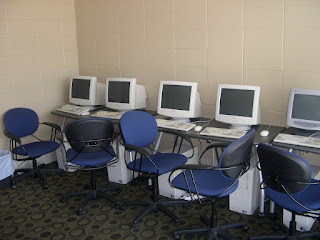By Celia Jackson
SU Ag Center
Nutrition Educator
The key to stretching your food dollars is planning and awareness. Taking the time to plan your family’s meals, budget your food dollars, and write out a grocery list can save your family money on the grocery bill. The following tips are things you should think about before making that trip to the supermarket. Remember, changing habits is hard! Try one or two of these tips during each supermarket trip. Soon you’ll see some relief in your grocery bills.
2. Keep a grocery list. Creating a grocery list saves you time and money at the supermarket. Keep your grocery list where it’s easily accessible, such as on the refrigerator, this will help you to keep an on-going list of items as your supply becomes low. Remember to stick to your list.
3. Know the regular pricing of items you normally purchase. Keeping tabs on pricing of common items you purchase can save you money by recognizing savings or price increases.
4. Be alert for unadvertised specials in the store.
5. Be aware of supermarket advertising gimmicks. For example buy one get one free deals. Pay close attention to price of the items, this deal usually includes a price increase for one item to compensate for the free item.
6. Compare prices of different sizes and brands of the foods you’re buying. Find the best priced item by comparing the unit prices. Unit pricing is located on the shelf tag. The shelf tag shows the total price (item price) and price per unit (unit price) for the food item.
7. Ask for rain checks. If a specially priced item is sold out, ask for a rain check. It allows you to purchase the item at the sale price at a later date.
8. Check expiration dates.
9. Buy the store brands.
10. Shop in season. Fresh produce tastes better and costs less when it’s in season.
11. Avoid convenience foods. The cost is higher for individually packaged items, such as 100 calorie packs. Cut cost by buying in bulk and making individual packets using plastic snack or sandwiches bags.
12. Invest in staple foods when the price is right. Foods such as canned goods can last an extended period of time on the shelf; so, stock-up when the price is right.
13. At checkout do a quick inventory of your cart. Remove any impulse items, such as magazines or candy bars.
14. Check receipt for correct prices.
15. Do not shop when hungry! Shopping when hungry encourages impulse buying of foods that are not on your grocery list.
Contact: Celia Jackson, MPA, LDN, RD, Southern University Ag Center, FF-NEWS Nutrition Educator, East Baton Rouge and East Feliciana Parishes, celia_jackson@suagcenter.com





















